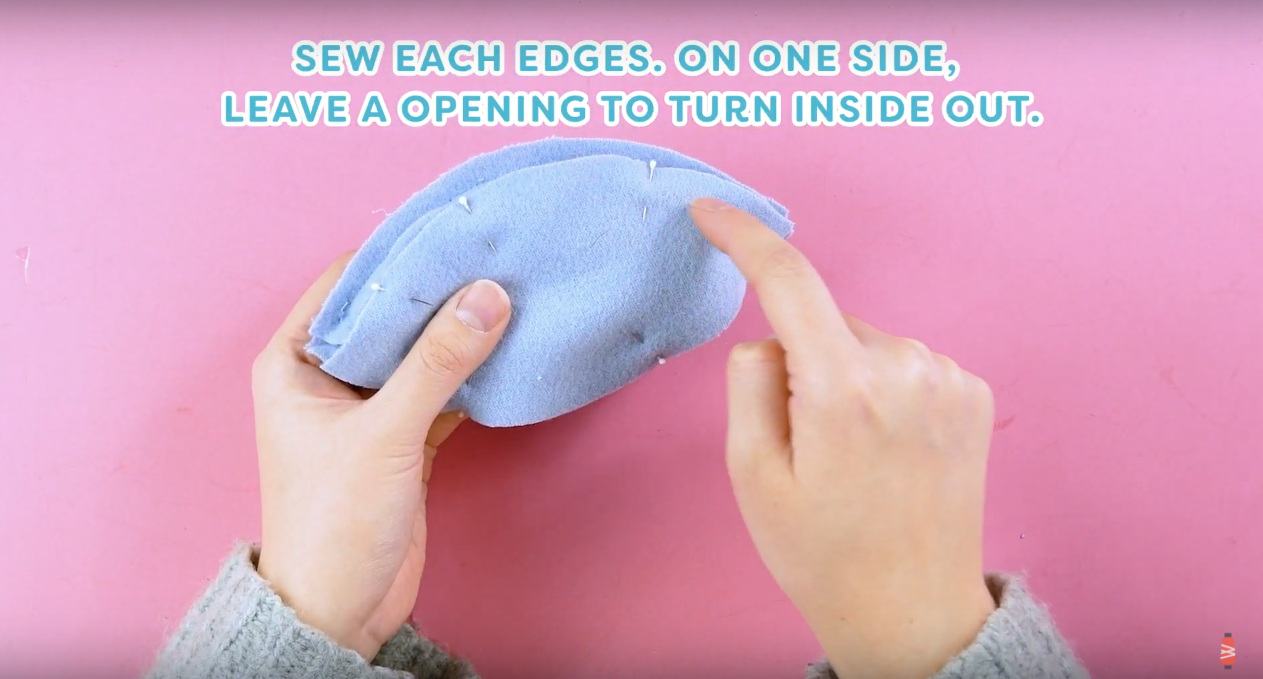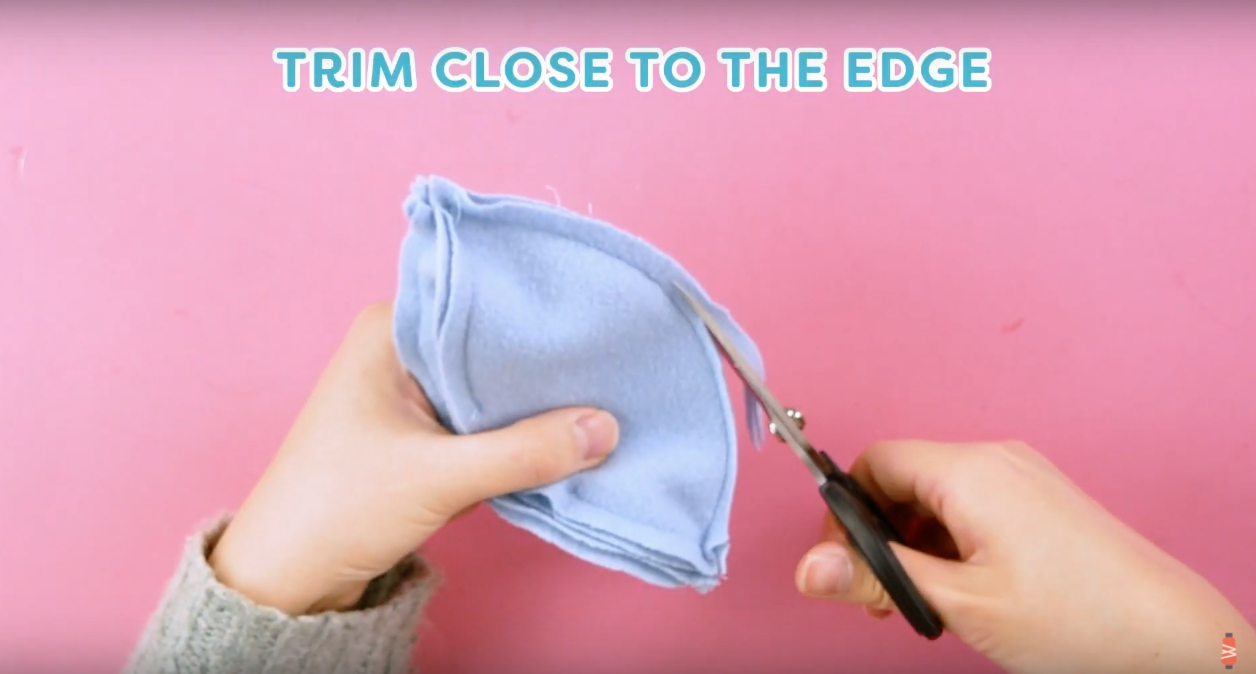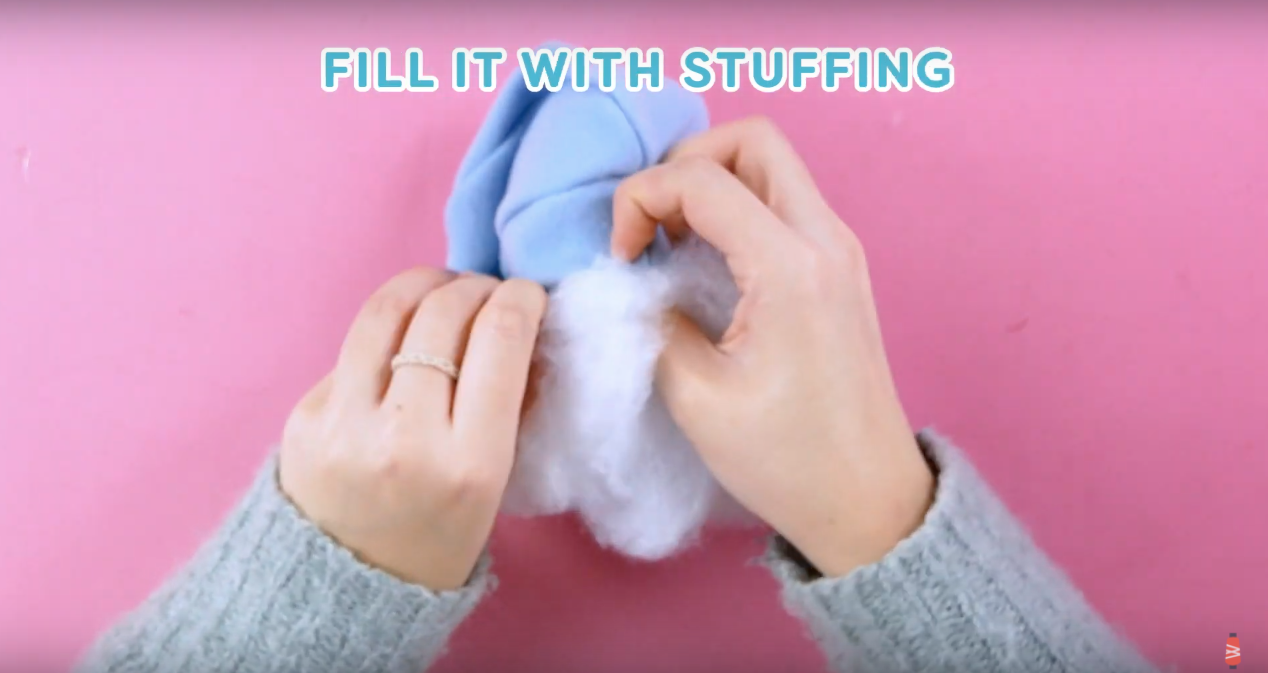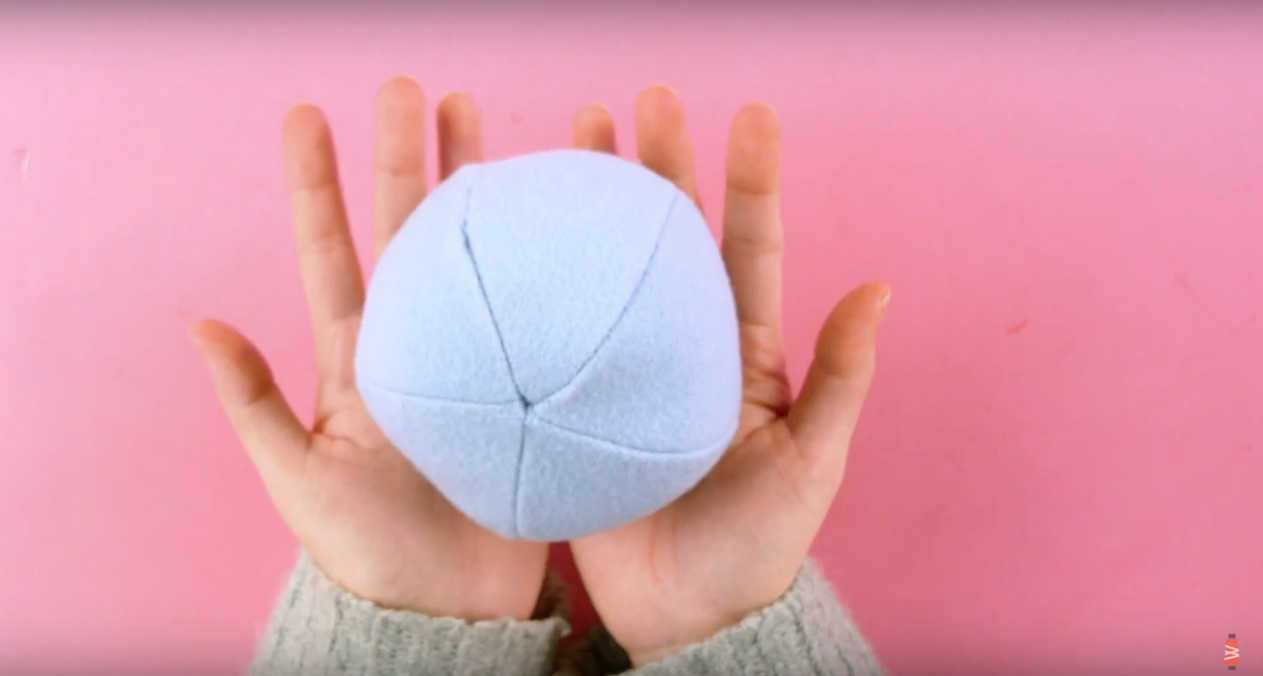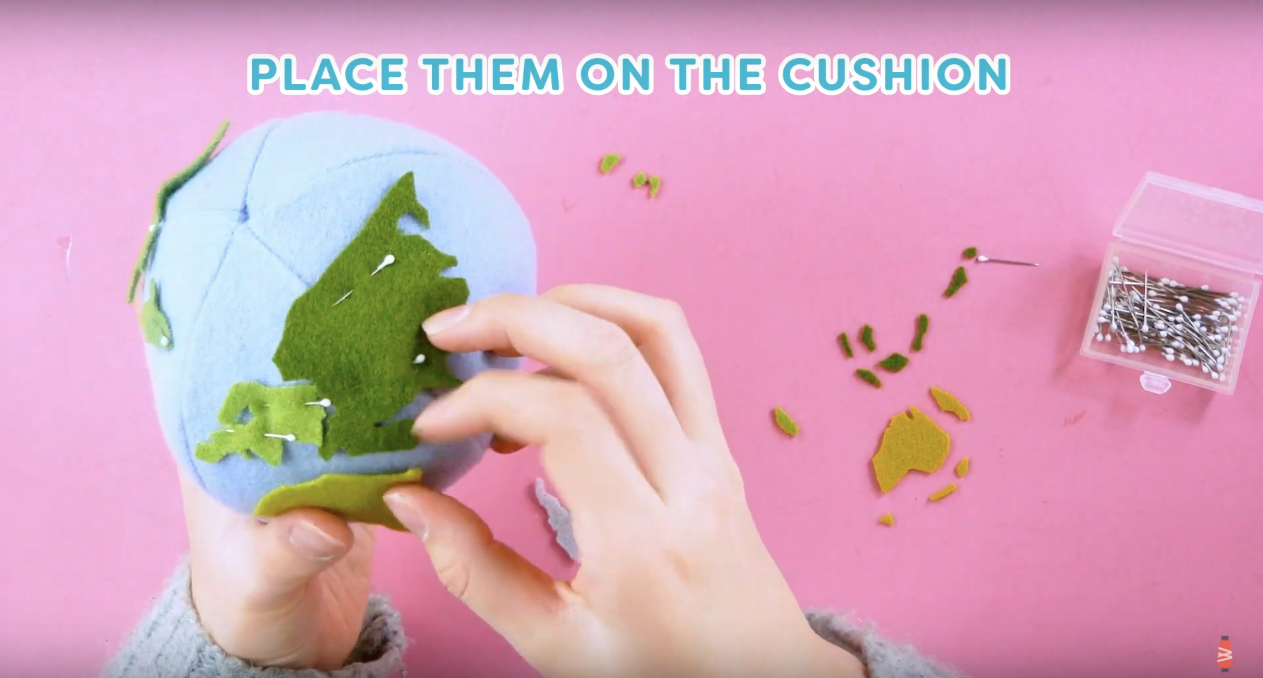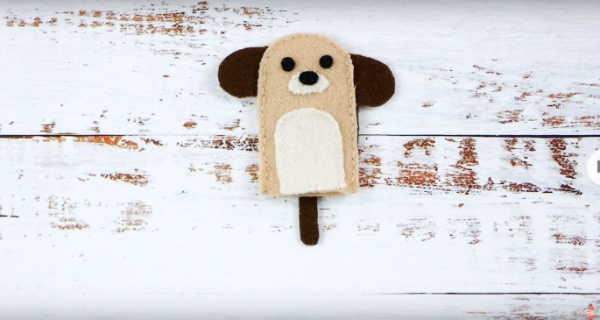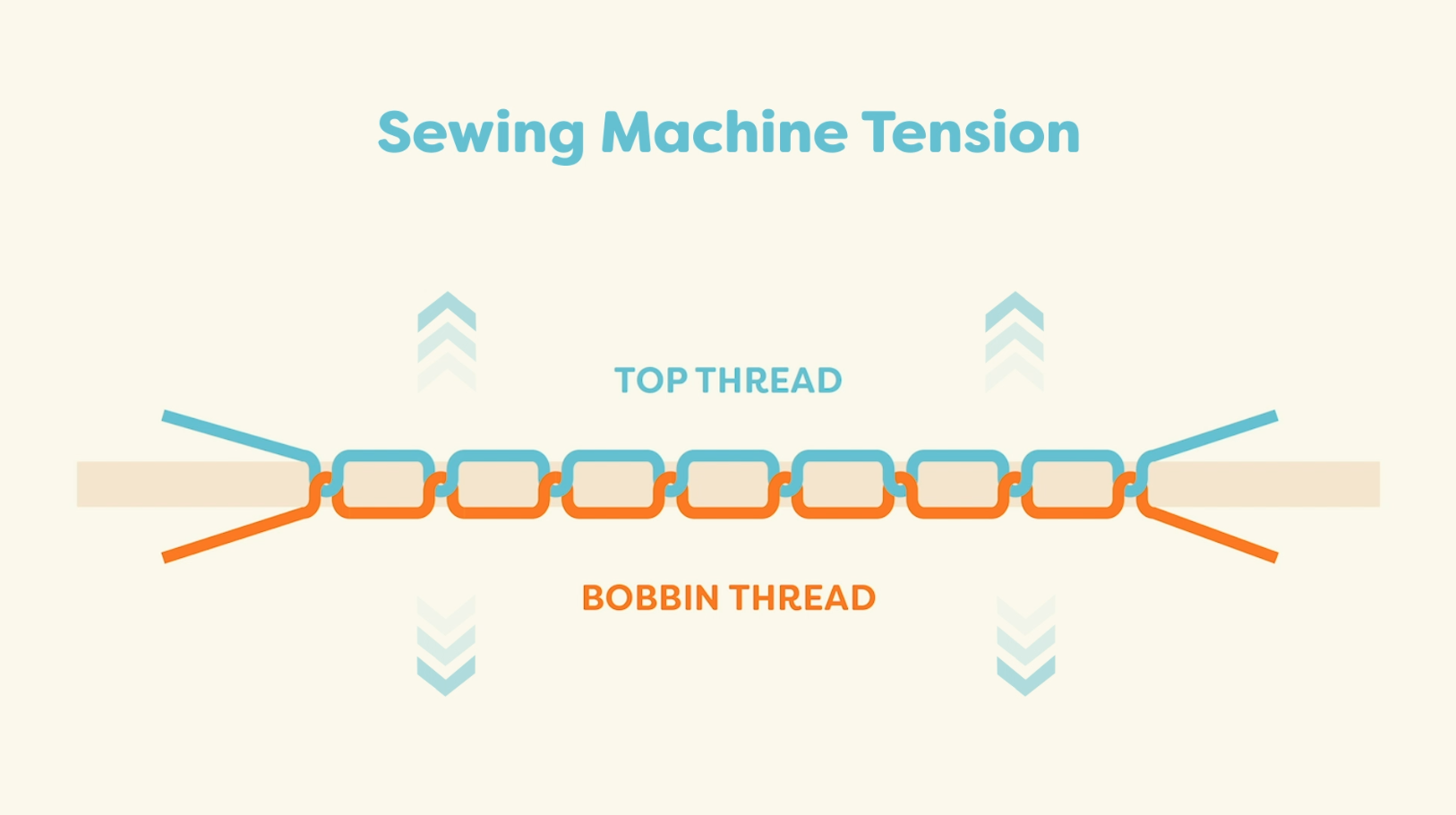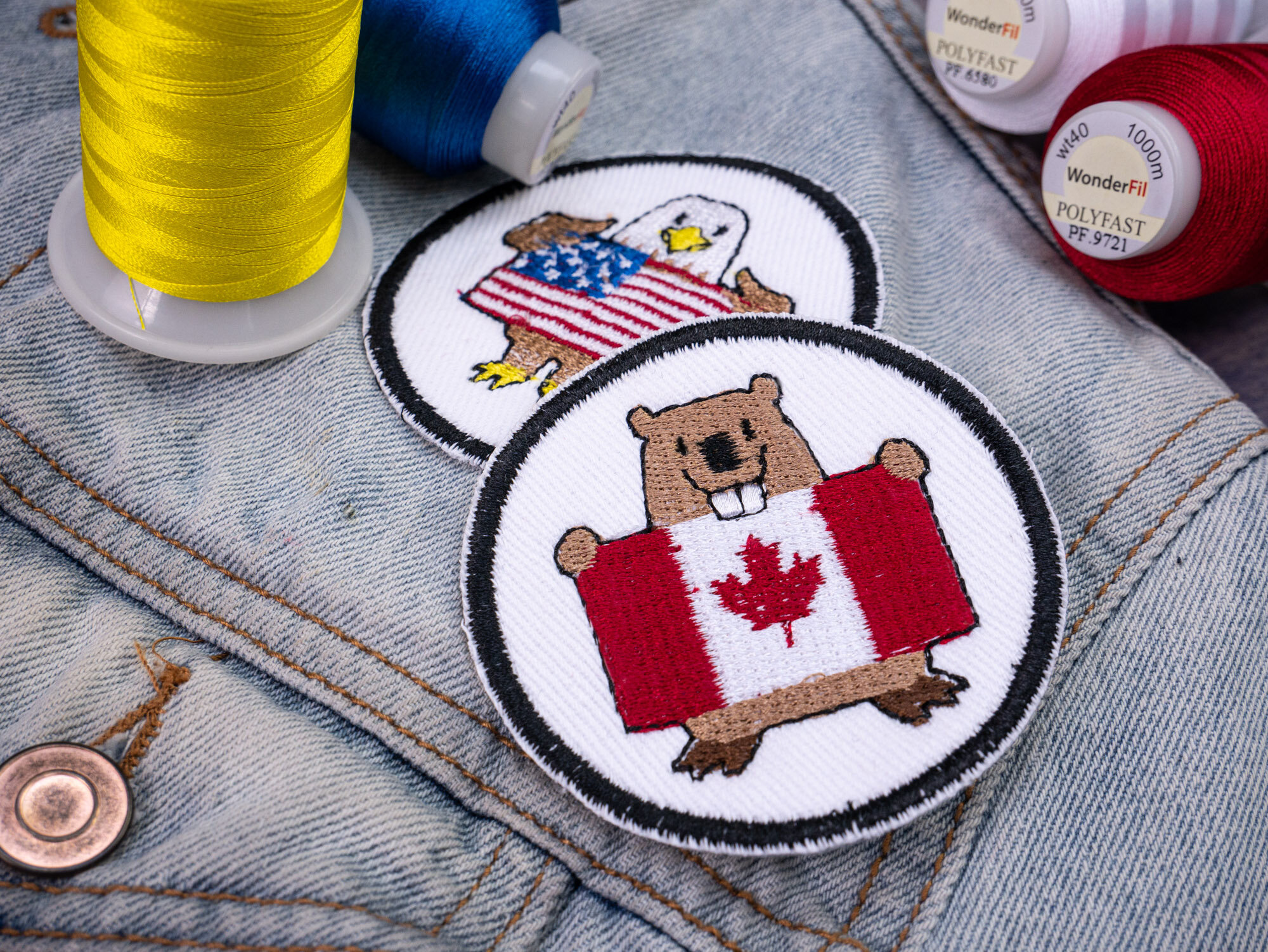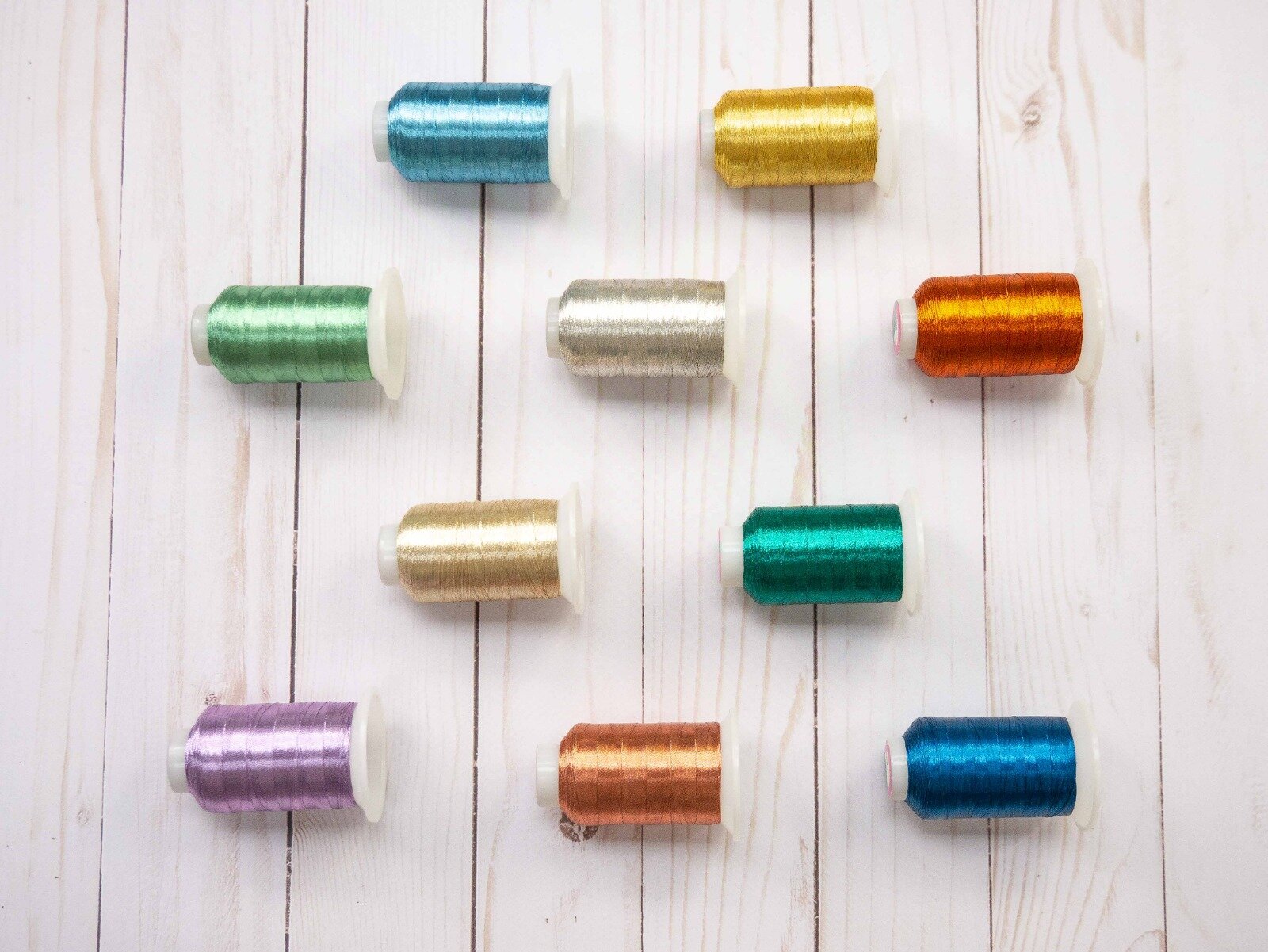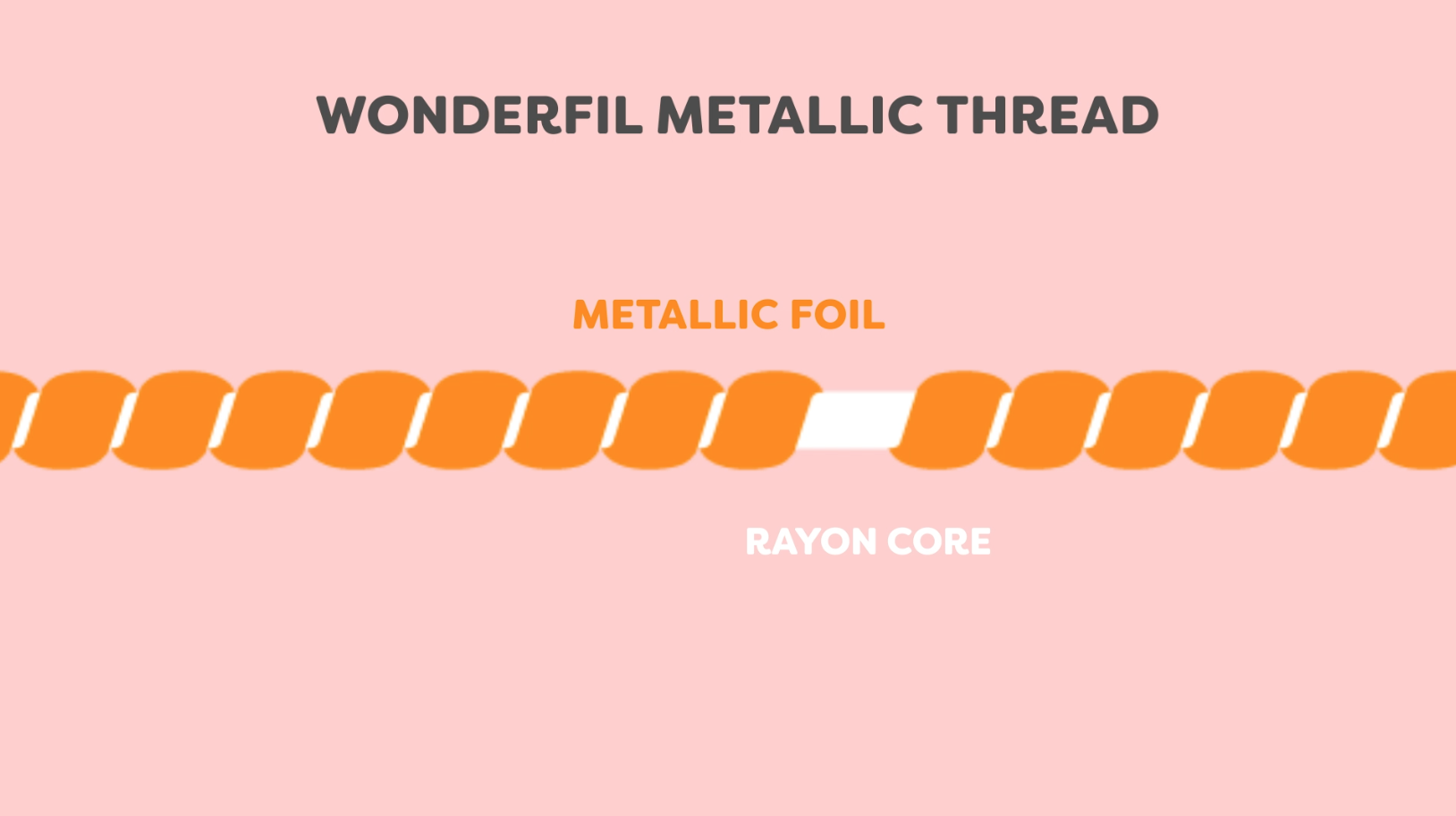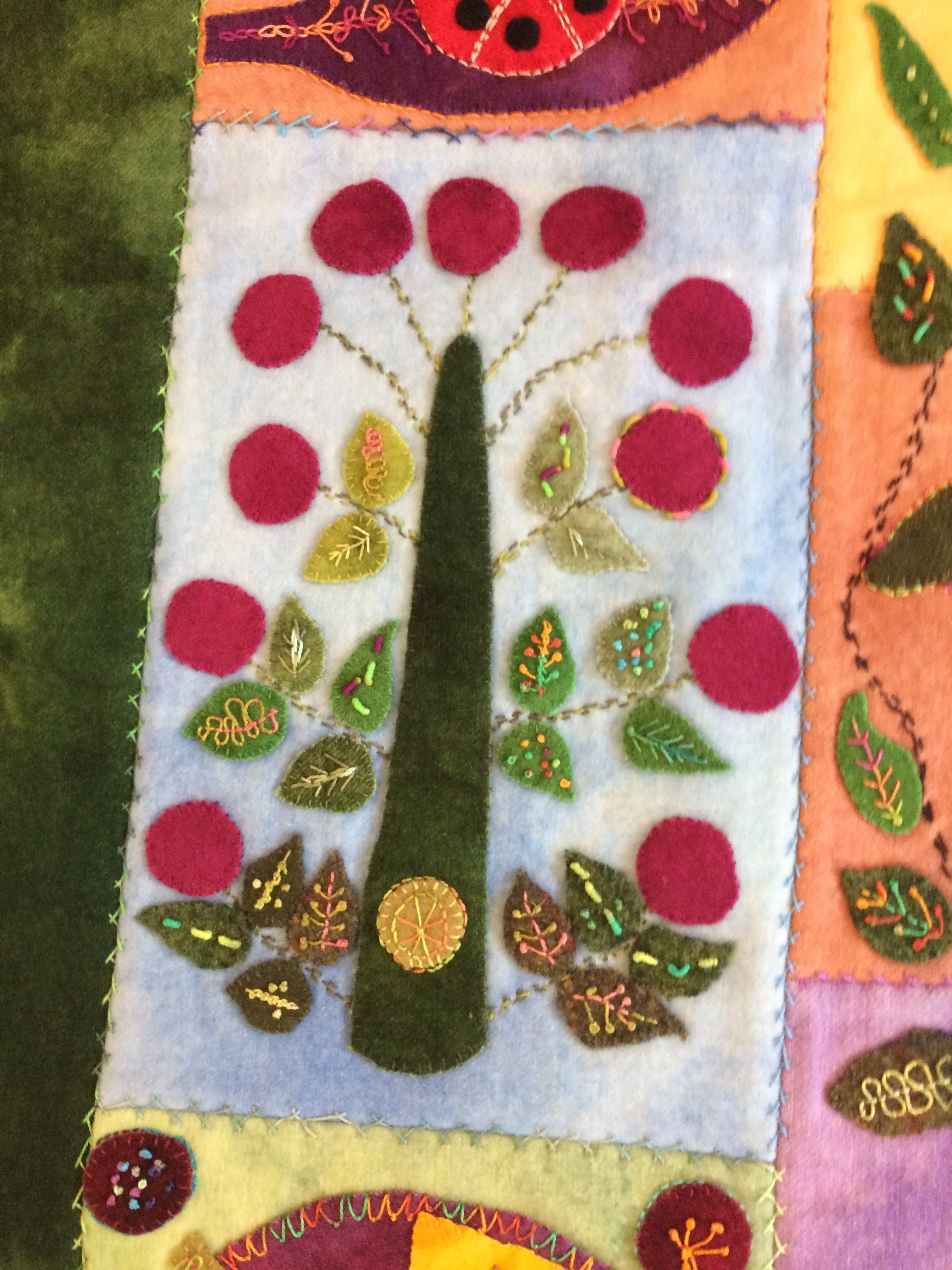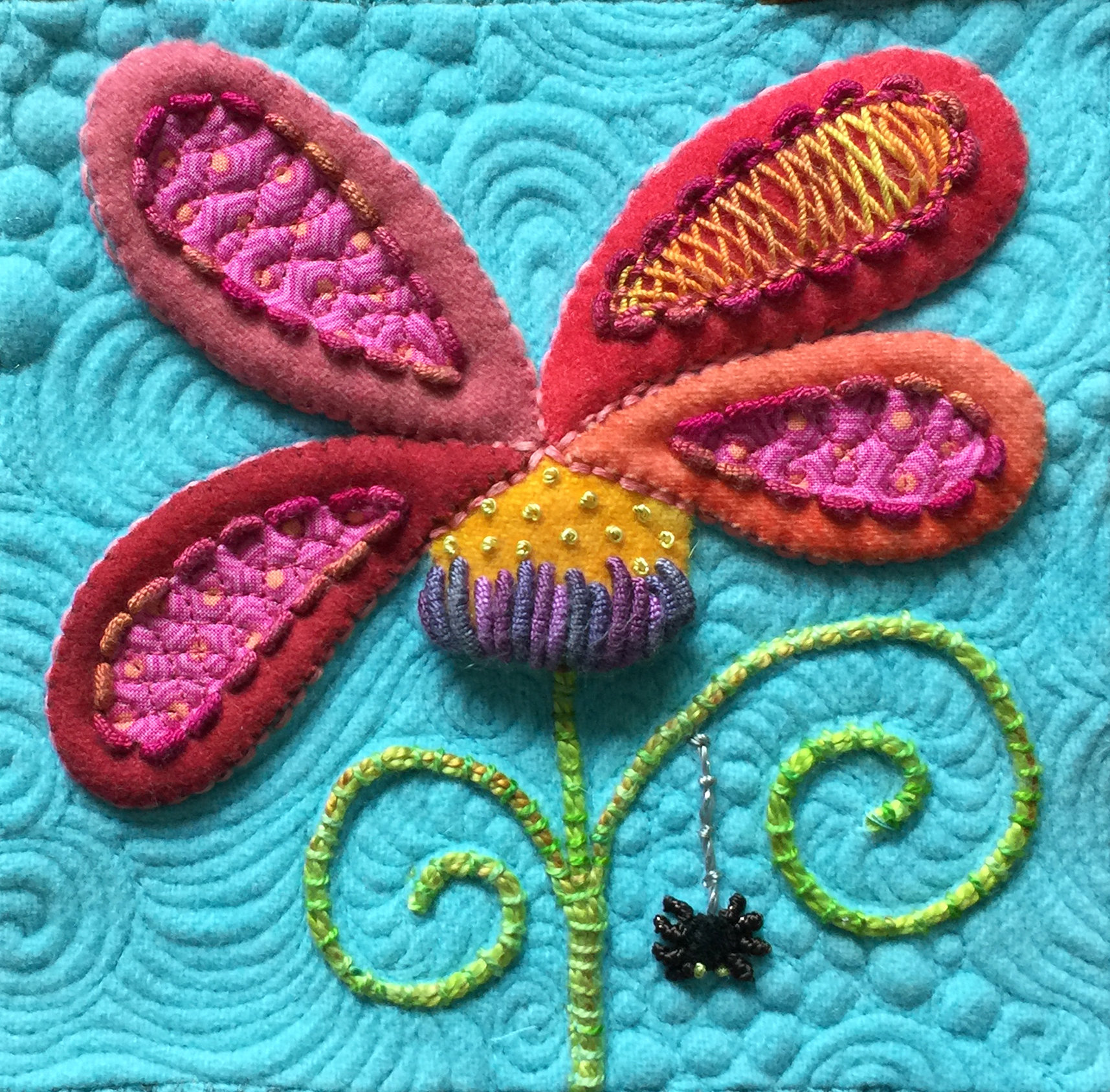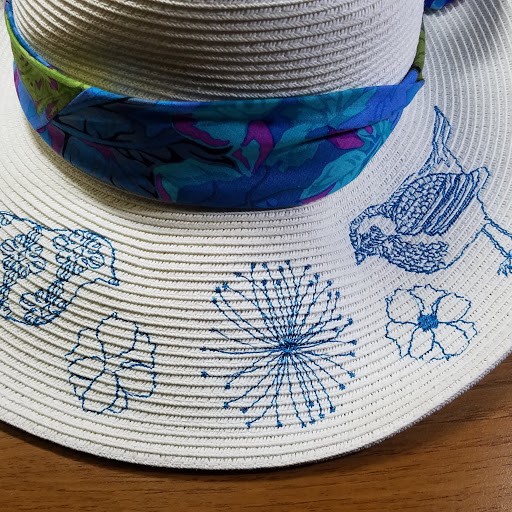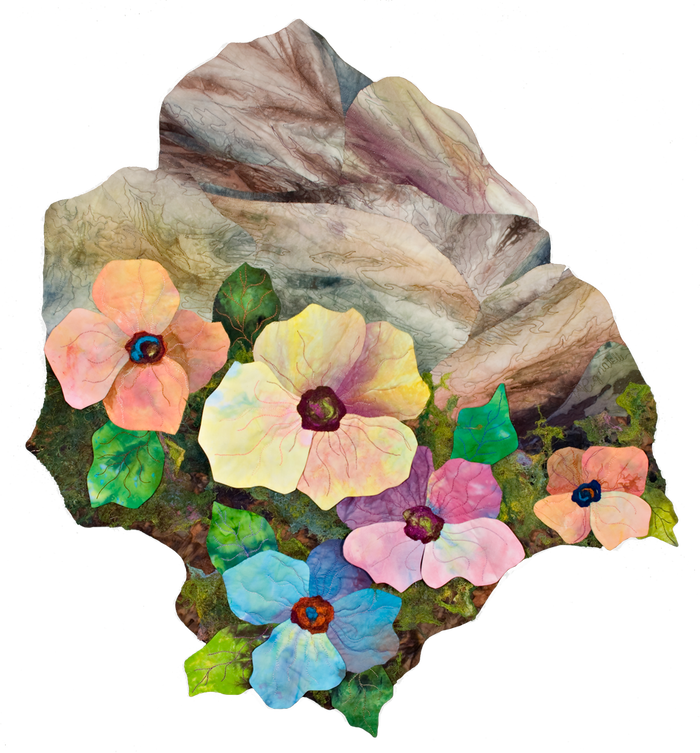DIY Places I’ve Been Pin Cushion
Maura Kang
This palm-sized pin holder is perfect for showing all the places you’ve visited around the world (or perhaps all the places you’d like to visit someday)! We’ve simplified the 7 continents and provided a handy layout map to arrange them with. Simply cut and sew your sphere, stuff it, and appliqué the pieces on top. All the techniques involved are easy enough for beginner sewers!
To start off you can print out our free pattern by clicking here.
Next you can gather materials. Here is a list of materials that we suggest for this project:
Fabric:
Thread:
Other:
Polyester fibre fill (you can also use rice or beans as an alternative)
You can find the material and thread on our site: https://shopwonderfil.com/
Once you cut out the pattern pieces for the design then we are going to start off with the sphere part of the globe. You will cut the sphere template out of the wool mentioned above (color we suggest is 53)
After cutting this out it should look as pictured below:
To assemble: stack two pieces together and sew along one side. We suggest pinning to hold in place, though if you have more experience you can probably manage with no pins.
We are going to sew these pieces together on a machine. We suggest using the thread called Konfetti as a top thread and a DecoBob Prewound bobbin. The colors we are using are 609 for Konfetti and 319 for the bobbin; these will match well with the wool, and create a nice smooth seam.
You can sew with a 1/4″ seam allowance along each edge, combining the long sides of the sphere together.
Place the pieces together until you begin creating the sphere shape.
When attaching the final 5th piece to your sphere you want to make sure to leave enough of a gap so your can turn it through.
Once you have completed all of the seams then trim the seam allowance. This will make the seams less bulky when you pull it through to the right side. Be careful not to catch any stitches.
After trimming you can turn your sphere inside out through the opening you left.
You can now fill with stuffing!
Next you are going to close the opening we made. We used DecoBob since it is so thin, it hides the stitching well. Hand-stitch your opening shut. The easiest way to do this is with a whipstitch.
Now we have a lovely sphere! You can now begin appliquéing your continents down.
We used colors from our Merino wool packs in Green and Grey to cut out our continents.
Once you cut out your shapes then you can begin assembling.
You can place them on the cushion using pins. We included the layout with the pattern, or you can reference a map of your choice.
We are going to hand sew these sections of wool onto the sphere. The thread we are using is called Efina. This is a great cotton thread, and will match the wool perfectly. The colors that we are using to match are: 01, 10, 11, 12, 13, 14, and 16.
To finish it off just hand applique the sections. Once again you can use a whipstitch or anything that you want to secure the land to the sphere.
Now you are all done! I hope that with this neat earth pincushion will keep you thinking about cool trips from the past and future. Though we are all grounded at home lately, stay positive and set goals or plans for the future to look forward to! We hope that you enjoyed making this project! If you decided to make this pincushion we would love to see. Tag us on Facebook @wonderfil, instagram @wonderfilspecialtythreads, or using the hashtag #wonderfil. Happy crafting!







